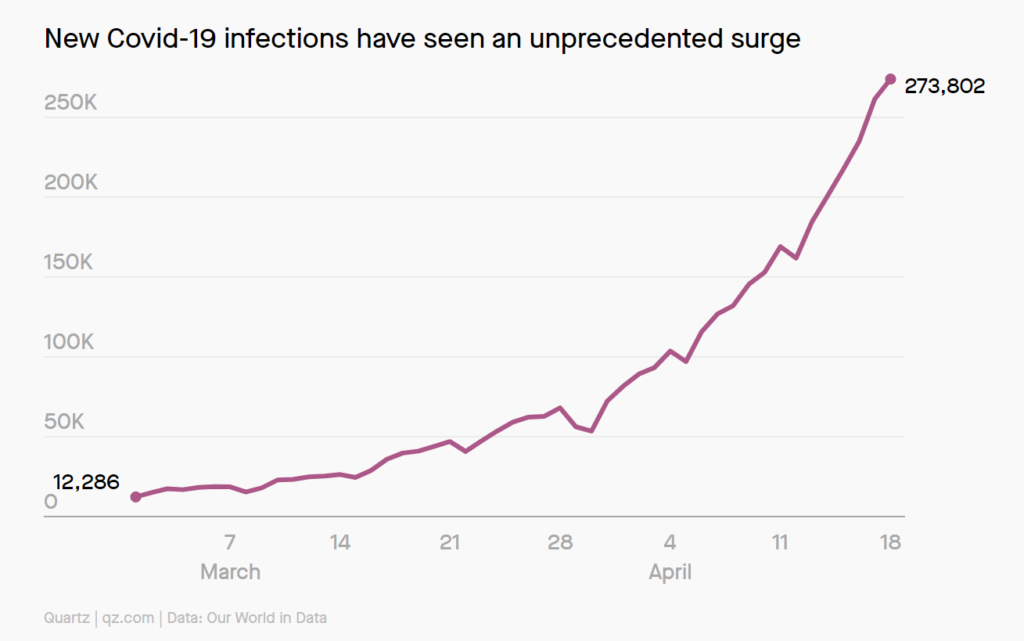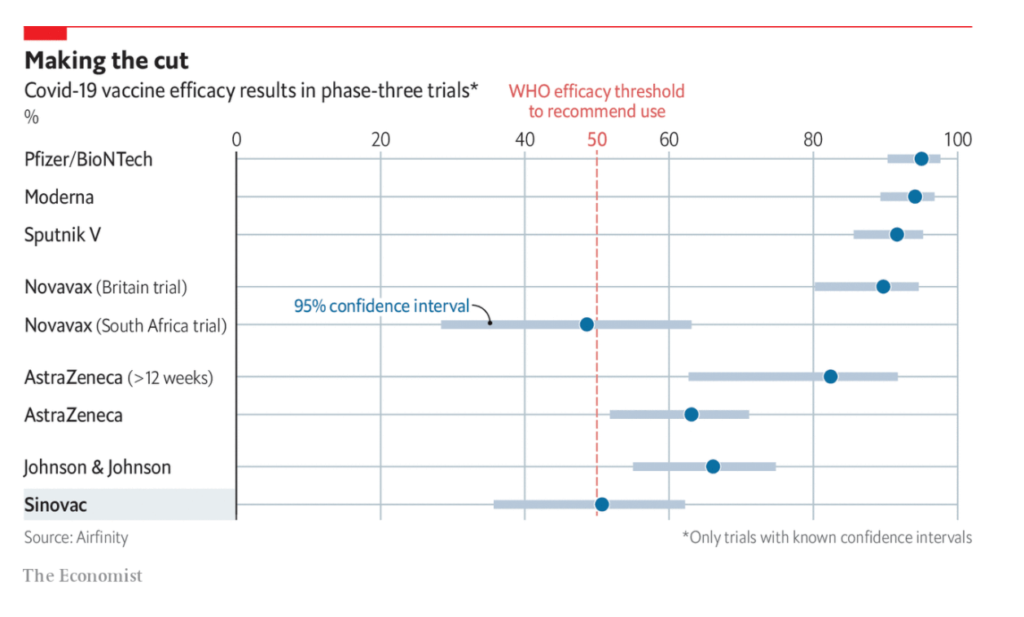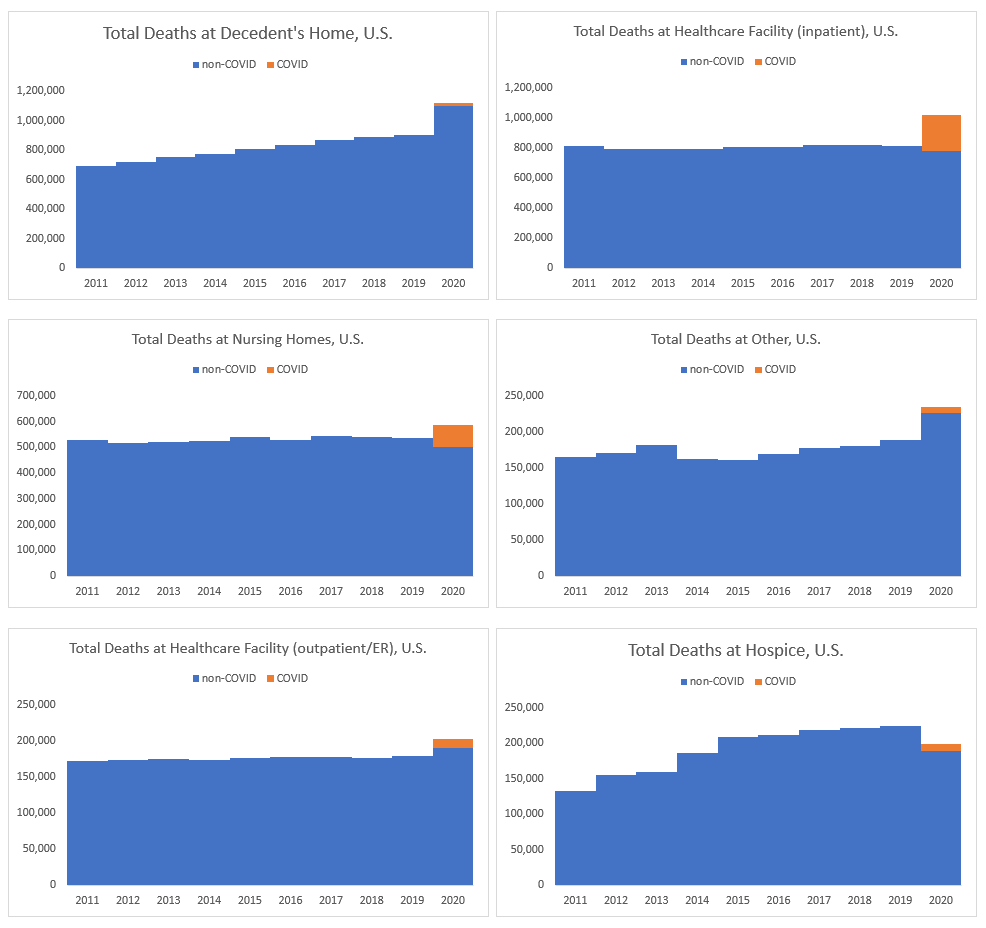Link: https://www.wsj.com/articles/u-s-faces-critical-weeks-as-covid-19-cases-rise-again-in-some-places-11618845433
Excerpt:
The Centers for Disease Control and Prevention reported Monday that the seven-day average of new Covid-19 cases is at more than 67,443, up 1% from the prior seven-day average of 66,702. Four weeks ago, the seven-day average was 53,000 cases a day, said Rochelle Walensky, director of the CDC, during a press briefing Monday.
The U.S. is in a “complicated stage” of the pandemic, Dr. Walensky said.
“The more people get vaccinated, the fewer infections there will be, which means fewer variants will emerge and fewer breakthrough infections will occur and the quicker we can get back to doing the things we love,” said Dr. Walensky.
More than a quarter of the U.S. population has now been fully vaccinated against Covid-19, according to CDC data. The country administered an average of 3.2 million doses a day over the past week, according to a Wall Street Journal analysis of CDC data.
As of Monday, all American adults are eligible to receive a Covid-19 vaccine, with every state meeting the April 19 deadline set by President Biden.
Author(s): Melanie Grayce West
Publication Date: 19 April 2021
Publication Site: Wall Street Journal




